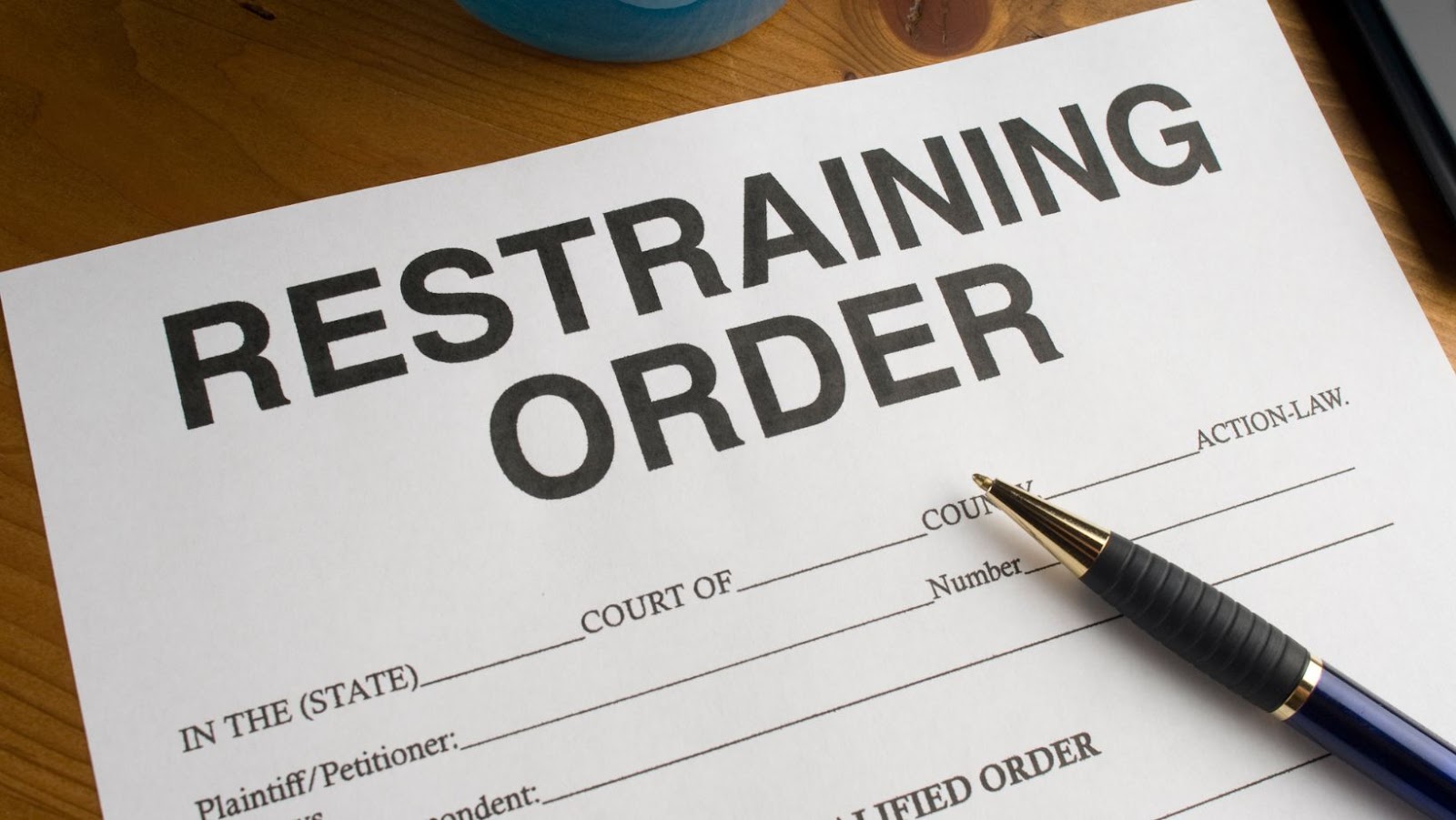Table of Contents
ToggleRestraining Order Vs Protective Order
When it comes to legal matters involving domestic violence and harassment, there are different types of orders that can be issued for the protection of a victim. In some cases, a restraining order may be issued, while in others, a protective order is suitable.
A restraining order is a court-issued mandate that aims to stop the actions of one person towards another. It is often issued in situations of domestic violence or harassment. The purpose of a restraining order is to prohibit the offending person from contacting or approaching the victim, as well as to prevent the offender from coming near the victim’s residence or place of work. In most cases, restraining orders are temporary, lasting a few weeks to a few months. However, in some cases, they can be made permanent.
On the other hand, a protective order is aimed at preventing harm to a victim or multiple victims. It is issued by a court and is much broader than a restraining order. The scope of a protective order is not limited to just harassment or contact from the offender, but seeks to provide a comprehensive solution to the victim. This may include providing the victim with legal assistance, counselling, and emergency shelter. Protective orders may also require the offender to surrender firearms and other weapons. Protective orders typically last much longer, often for a year or more.
Read our next article!
Differences Between a Restraining Order and Protective Order
A restraining order and a protective order are two legal orders that serve to protect individuals who are victims of abuse, harassment, or threats of violence. Although these two terms are often used interchangeably, they have distinct differences. Here are some key differences between a restraining order and a protective order.
Definition
A restraining order, also known as a protective injunction, is a court order that prohibits a person from engaging in certain behaviours and activities. This order is issued by a judge and is meant to protect the person who requested it from harm.
On the other hand, a protective order, also known as a stay-away order, is an order issued by a court that requires a person to stay away from and not contact another person. This order is often used in cases of domestic violence or stalking.
Duration
Another significant difference between these orders is their duration. A restraining order is usually temporary and is typically issued for a specific period during which the individual who requested the order is in danger. The duration of a restraining order may vary from a few days to several years.
Protective orders, however, may be temporary or permanent. Temporary protective orders are issued for a specific period, usually around 30-90 days. Permanent protective orders are issued after a court hearing and may last indefinitely.
Scope of Protection
Restraining orders and protective orders also differ in the scope of protection they provide. A restraining order usually prohibits a person from contacting or coming within a certain distance of the person who requested the order. This order may also prohibit the person from engaging in certain behaviours that might harm the requesting person.
In contrast, a protective order provides a broader level of protection. This order may require the person to leave the home or workplace of the requesting person and not contact them by any means, including phone, email, text, social media, and other electronic communication methods.

Conclusion
In conclusion, restraining orders and protective orders are two legal orders that are designed to provide protection to individuals who are victims of abuse, harassment, or threats of violence. While both orders serve the same purpose, they have distinct differences in duration, scope of protection, and definition. It is essential to understand the differences between these orders and seek the appropriate legal help when needed.
What is the Process to Obtain a Restraining or Protective Order?
Obtaining a restraining or protective order is an important step to protect oneself from potential harm or threats. The process of obtaining these two orders is quite similar but with some minor differences. The following are the steps that need to be taken to obtain a restraining or protective order.
- File a Petition: The first step is to file a petition with the court. In case of a restraining order, the petitioner needs to file a request for a restraining order with the court clerk. The petitioner should provide detailed information about the circumstances that make him/her feel unsafe. In the case of a protective order, the process is similar, and the petitioner needs to file a complaint with the court.
- Provide Evidence: After filing a petition, the petitioner needs to provide evidence of the alleged threat or harm. This can include police reports, medical records, photographs, or witness statements. The strength of the evidence can impact the judge’s decision, so it’s important to provide any relevant information.
- Attend the Court Hearing: Once the petition is filed, the court will schedule a hearing date. The petitioner needs to attend the hearing and present his/her case before the judge. The respondent, who is the person against whom the restraining or protective order is being sought, may also attend the hearing and present their defence.
- Await the Judge’s Decision: After both parties have presented their cases, the judge will make a decision on whether to grant the restraining or protective order. If the order is granted, it will specify the prohibited acts or conduct of the respondent, such as forbidding contact or requiring the respondent to stay a certain distance away from the petitioner.
It is important to note that while the process of obtaining a restraining or protective order is similar, the criteria for granting each type of order may vary depending on state laws. Therefore, it’s necessary to evaluate state-specific regulations before filing a petition.






